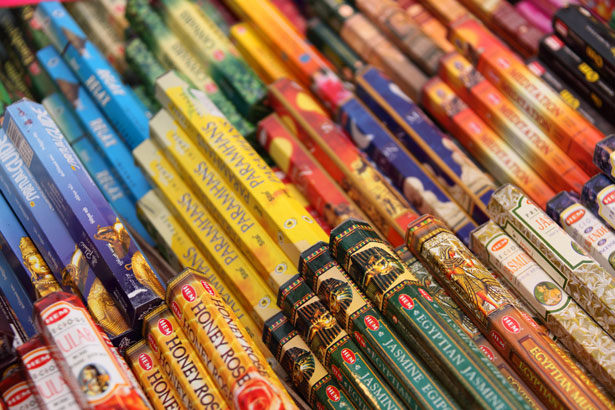Incense comes in myriad different forms, depending on the particular tradition from which it is inspired and on its region of origin. The most popular types come from China, Japan, India and Tibet, and it can be sold loose or in stick forms. It can be a little bit disorienting trying and tell all these different types apart, and to find which kind really works for you.
Chinese and Tibetan incense
Chinese incense tends to have a bamboo wood core, and it integrates ingredients sometimes found in Chinese Traditional Medicine, such as camphor. Tibetan incense, similarly, is also often used for medicinal purposes. Incense burning was used for some forms of worship, as well as for time keeping. These types are not as popular in Canada, and therefore can be hard to find. As genuine Tibetan incense is produced in monasteries or by medical professionals, buyers that are interested in experiencing it have to be wary of its origin: many people have tried to capitalize on its appeal.
Differences between Indian and Japanese incense
The billowing, intense smoke produced by Indian incense is perhaps the most familiar image most Canadians have of incense. This intensity is one of the sources of its appeal, but it can also put other people off: burning one stick can make the whole house smell wonderful, but it will also make everything smell like incense, so you have to be careful not to pick an unpleasant scent!
Another characteristic of Indian incense is that it is typically inexpensive, and it is sold almost anywhere: I have personally seen it in pharmacies, alternative bookstores, clothing stores, dépanneurs and even at the grocery store!
The main difference between Indian and Japanese incense, then, is their mode of production: Japanese incense does not have a woodcore, and sticks are extruded manually or from a machine – imagine spaghetti – and left to dry.
Japanese incense therefore produces far less smoke than Indian incense, and its scent is more subtle and purer; it also takes longer to burn, as it is not quite as combustible.At Lierre, for the moment, we only carry this type. If you want to enjoy scents in their most undiluted forms, Japanese incense might be for you!
Some of the most common ingredients in incense
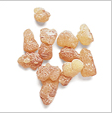 |
Frankincense is so deeply associated with incense that in many languages, the same word is used to describe both. Often burned during religious ceremonies – including Christian mass – frankincense creates an enchanting yet reflective atmosphere, especially appropriate for ritual and worship: lush and enveloping, its aroma is dusty and sweet, with hints of orange and lemon. Shoyeido’s Frankincense in the Overtones lines is an ideal way to enjoy this scent.
|
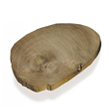 |
Sandalwood is a quintessential ingredient in incense. Often paired with frankincense and benzoin, it is an ideal carrier scent: sweet, woodsy and creamy, it is uplifting but never overpowering. Its hints of vanilla mean that it cancomplement almost any scent. If you’re curious about this aroma, Shoyeido’s Sandalwood in the Overtones line and their Great Origin incense blend it with other common ingredients to bring out its delightful, dreamy quality.
|
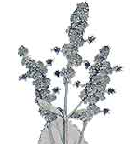 |
The classic smell of the 1960s! Sweet and musty, patchouli reminds many of fragrant autumn leaves, or of the scent of the forest floor. An extremely common ingredient in Indian incense, it is slightly rarer in the Japanese tradition; Shoyeido’s Moss Garden and Five Hills are notable exception, and their scents has a wonderfully woodsy and earthy appeal.
|
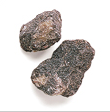 |
With its sweet, nutty scent, benzoin resin has a subtle aroma that is often paired with sandalwood and frankincense. It generally accentuates the warm, uplifting qualities of other scents, but it is generally used as a carrier or as an accent rather than as the focus of any particular blend. Most of Shoyeido’s incense use this delightful ingredient, and Shoyeido’s Kyoto Autumn Leaves in particular accentuates its lovely warmth.
|

